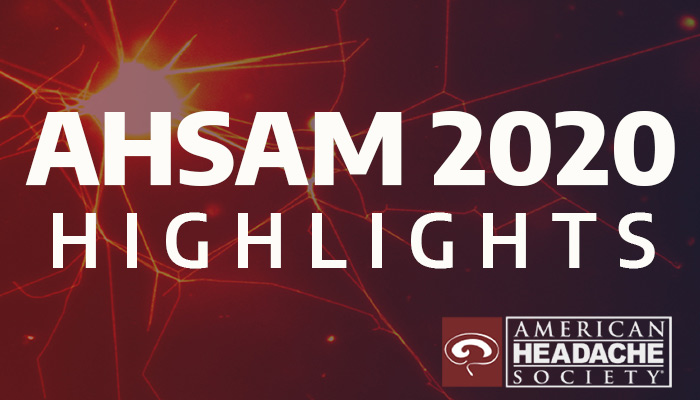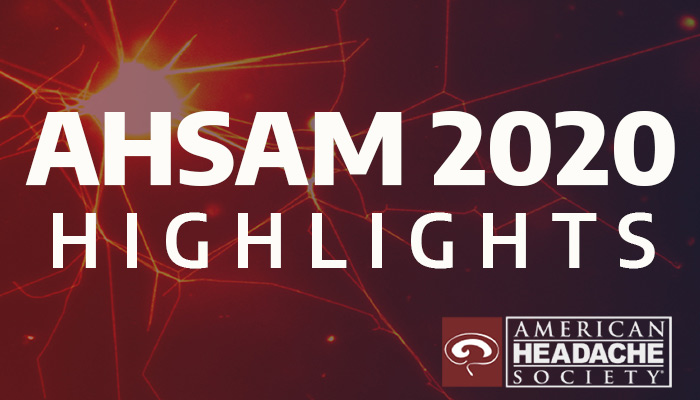

The Role of Cerebellar CGRP in Migraine-like Behavior
In this medfyle
Expert commentary by Amynah Pradhan, PhD
This Medfyle was published more than two years ago. More recent Medfyle on this topic may now be available.
Acknowledgements
This is a highlights summary of an oral session given at the AHSAM 2020 Virtual Annual Scientific Meeting and presented by:
Mengya Wang, Master
Graduate student and research assistant
Department of Neuroscience and Pharmacology, University of Iowa
Iowa City, Iowa
The content is produced by Infomedica, the official reporting partner of ASHAM 2020 Virtual Annual Scientific Meeting. The summary text was drafted by Goldcrest Medical Writing, reviewed by Marco Vercellino, MD, an independent external expert, and approved by Jessica Ailani, MD, FAHS and Mark J. Burish, MD, PhD, the scientific editors of the program.
The presenting authors of the original session had no part in the creation of this conference highlights summary.
In addition, an expert commentary on the topic has been provided by:
Amynah Pradhan, PhD
University of Illinois at Chicago, Chicago, USA
About the Expert
 Amynah Pradhan, PhD
Amynah Pradhan, PhD
University of Illinois at Chicago, Chicago, USA
Dr. Amynah Pradhan PhD is an Associate Professor of Psychiatry at the University of Illinois at Chicago. She is interested in the investigation of novel therapies for migraine, and identified the delta opioid receptor as a promising target for this disorder. Ongoing work in her lab is focused on the differential role of mu and delta opioid receptors in headache. Additionally, Dr. Pradhan’s work focuses on identifying the molecular mechanisms that contribute to migraine chronicity, as well as overlapping mechanisms between migraine and neuropsychiatric conditions.
References
1. Moulton EA, Schmahmann JD, Becerra L, Borsook D. The cerebellum and pain: passive integrator or active participator?. Brain Res Rev. 2010;65(1):14-27.




